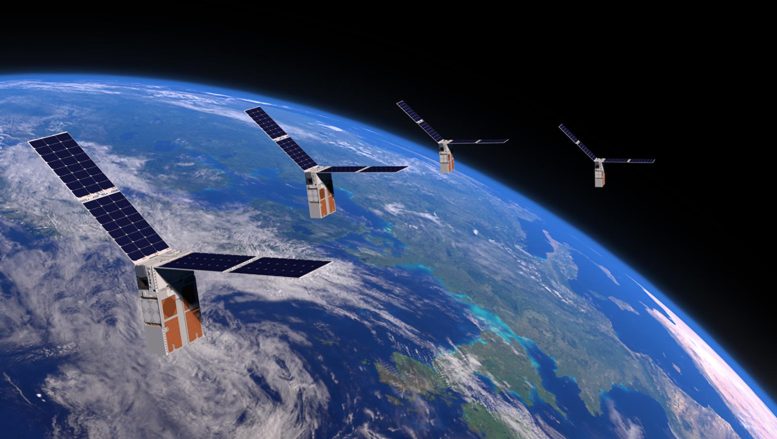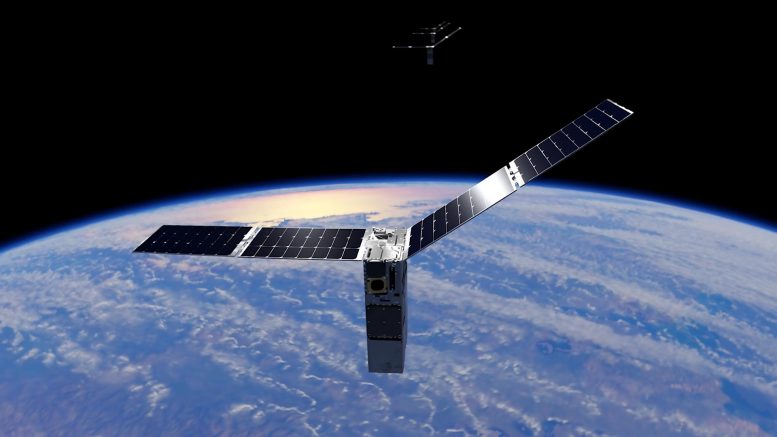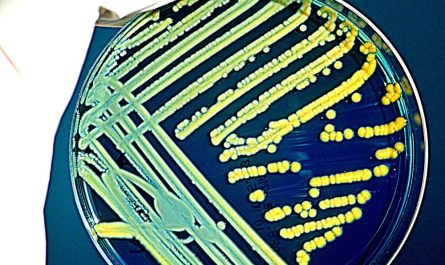

NASA’s Starling mission will test new technologies for autonomous swarm navigation on four CubeSats in low-Earth orbit. Credit: Blue Canyon Technologies/NASA
NASA’s Starling mission overcomes early challenges, with its spacecraft now in formation and gearing up for advanced swarm technology experiments.
NASA’s Starling spacecraft are getting in formation: the mission team has spent the last two months troubleshooting issues and commissioning the four spacecraft, nicknamed Blinky, Pinky, Inky, and Clyde.
Pinky, Inky, and Clyde have successfully completed their propulsion system commissioning and have executed maneuvers to get into their swarm operations configuration, maintaining a range between 50-200 km apart. The three have also successfully demonstrated two-way communications with their crosslink radios in this closer proximity.
After launch, ground operators noticed a propulsion system leak on Blinky which caused the spacecraft to enter a slightly lower orbit. The issue was resolved, but it resulted in the spacecraft moving far in front of the others. To correct this, the other three spacecraft performed maneuvers to catch up to Blinky and the swarm is now reunited. The Starling team continues to test Blinky’s propulsion system while the spacecraft is in swarm position.
Testing and commissioning the spacecraft is an important step in preparing for swarm experiment operations, as well as understanding what challenges future spacecraft swarms might experience. The next mission phase will be focused on development and testing of key swarm technologies.


NASA’s Starling mission will test new technologies for autonomous swarm navigation on four CubeSats in low-Earth orbit. Credit: NASA’s Ames Research Center
NASA’s Starling Mission
NASA’s Starling mission represents a significant leap in space exploration technology, specifically in the realm of CubeSats. The mission revolves around a group of small spacecraft, named Starling CubeSats, which includes four uniquely nicknamed units: Blinky, Pinky, Inky, and Clyde. These CubeSats are designed to operate in a swarm configuration, a pioneering approach in spacecraft formation flying.
The primary goal of the Starling mission is to demonstrate and validate the technologies required for spacecraft to autonomously fly in formation. This involves intricate maneuvers to maintain a specific formation, in this case, keeping the spacecraft within 50-200 kilometers of each other. Such formations are vital for a range of future space exploration missions and experiments, including advanced Earth observation and deep space exploration.
Starling is funded by NASA’s Small Spacecraft Technology program based at NASA’s Ames Research Center in California’s Silicon Valley and within the agency’s Space Technology Mission Directorate in Washington.

